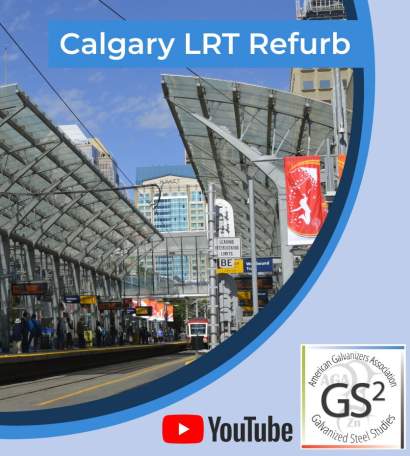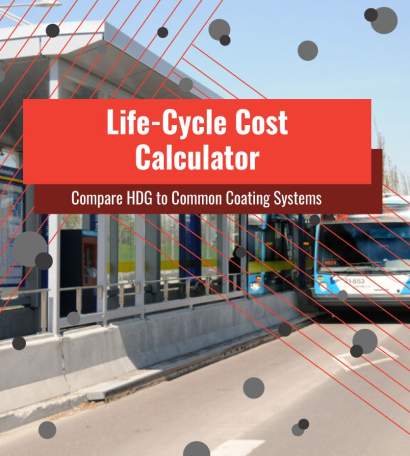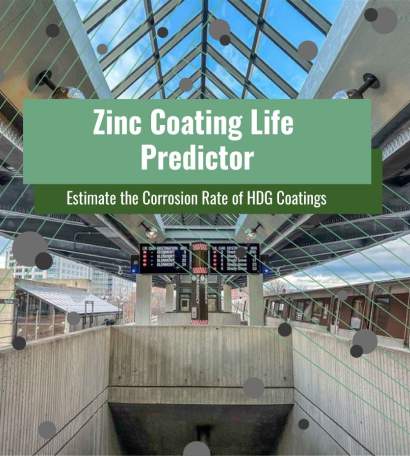
Public Transit
Hot-dip galvanized steel provides reliable, resilient corrosion protection for public transit stations and reduces maintenance delays and costs.
Unlike passenger rail, which has benefited from the private investment of (freight) railroad companies, public transit has continually faced budget shortfalls, vehicles and infrastructure in poor condition, and reliability issues. All of these challenges lead to declining ridership which lead to increased environmental and economic impact. Transit budgets rely on fare revenue and state and local funding, all of which have been declining even though the age of the existing systems and need for new continue to increase.
Whether a grand terminal, or humble bus stop, these structures are often the first point of contact for transit users and first impressions can have lasting impacts. Designing these welcome points requires a balance of practicality and aesthetic appeal – both of which hot-dip galvanized steel can provide to our public transit systems. Bus and rail stations and infrastructure are exposed to an onslaught of sun, rain, snow and other natural elements as well as air pollution, de-icing chemicals or sands, and daily wear and tear from passing crowds, vehicles and other damaging effects.
Hot-dip galvanized steel’s durable coating and inherent corrosion protection are suited to combat all of these conditions. Any time transit systems are offline or delayed due to maintenance, it is an inconvenience to commuters whether they use the public system or not and costly for transit companies. Building sustainable bus and rail systems with hot-dip galvanized steel can reduce downtime thanks to its maintenance-free longevity, quick turnaround times, and potential for stockability.








